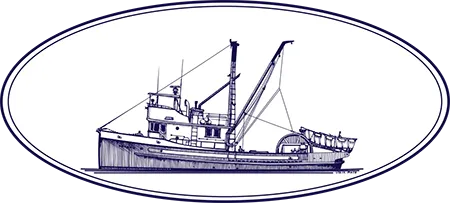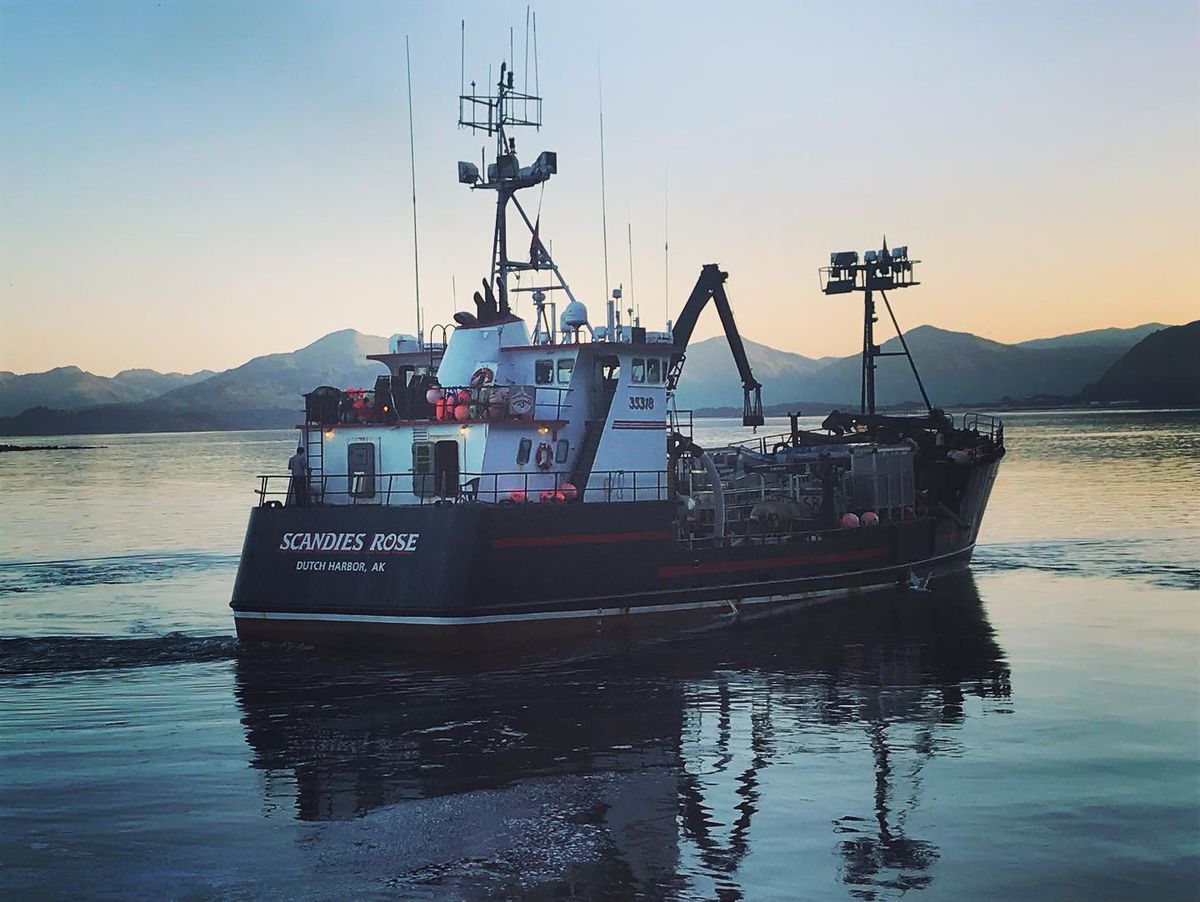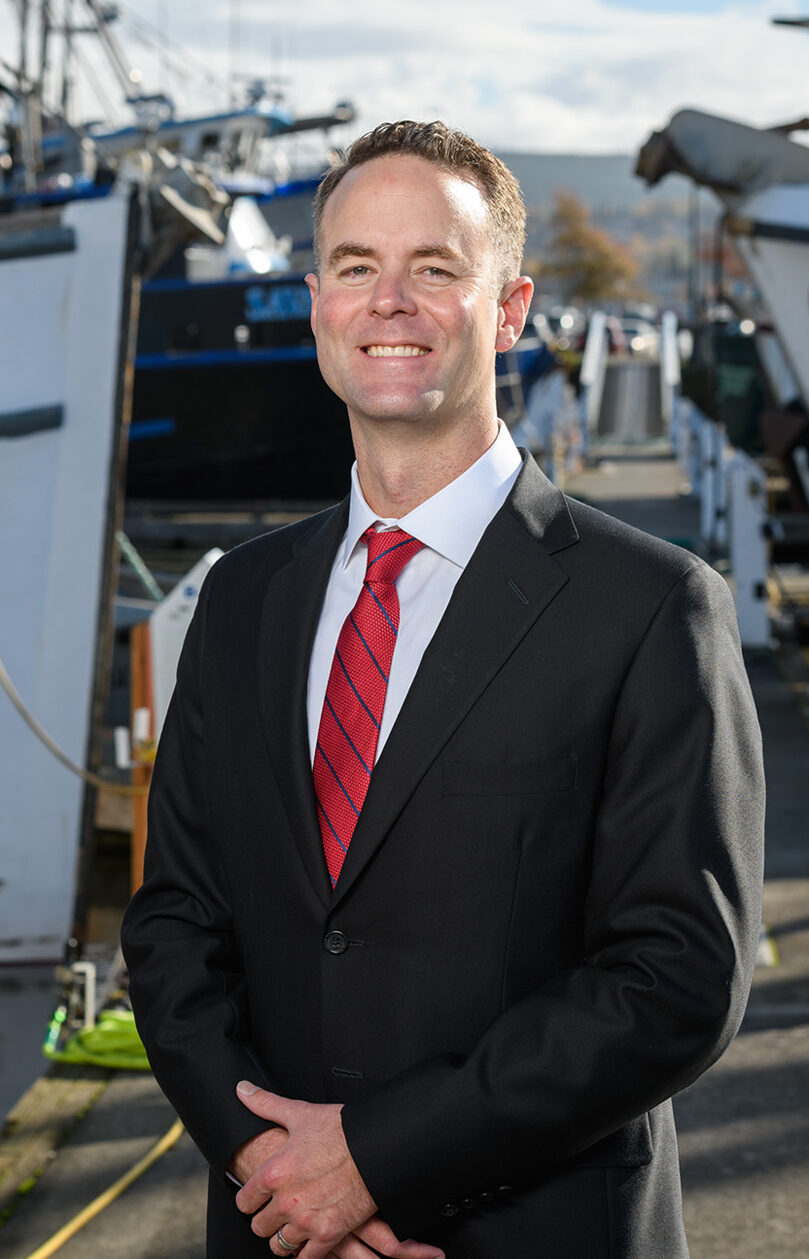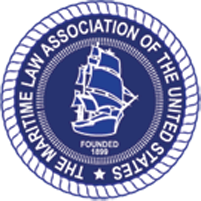Photo was taken by Bret Newbaker of the Anchorage Daily News.
Commercial fishing has historically ranked as one of the most dangerous jobs in America. The National Transportation Safety Board (NTSB) supports this claim even further after they released their investigative reports into the 2019 loss of the fishing vessel known as Scandies Rose. The commercial fishing ship was under way from Kodiak, Alaska and on her way to the fishing grounds in the Bering Sea when they unexpectedly hit inclement weather.
The crew of the vessel made a mayday call, but shortly after the ship capsized. Unfortunately, only two of the seven crewmen were found during rescue operations. The tragedy impacted both the Alaskan and commercial fishing community in the area significantly.
After the Scandies Rose sunk, the NTSB began to investigate the incident to determine the cause. They found that the Scandies Rose likely accumulated around 6-15 inches of ice on exposed surfaces during the trip. The ice added significant weight on the vessel as well as the stacked crab pots on the deck. This weight then raised the Scandies Rose center of gravity, ultimately reducing her stability and causing her to capsize.
The news was troubling to hear as the crew loaded the Scandies Rose in accordance with the stability instructions they were given. However, the NTSB has found these instructions to be inaccurate after some investigating. The NTSB states that the inaccurate stability instructions in addition to the heavy asymmetric ice accumulation caused the vessel to unexpectedly sink.
They also found that Sutwik Island, where the vessel sunk, was infamous for having severe weather conditions. However, the closest weather station is more than 100 miles away from where the vessel sunk. These facts mean forecasters only had a limited view of the real conditions in that region. The crew of the Scandies Rose probably heard inaccurate weather reports and decided it was safe to venture further.
After pouring over investigative reports, the NTSB ruled out human error or vessel maintenance as a probable cause for the sinking. Instead, the NTSB determined the cause of sinking to be inaccurate stability instructions, accumulation of ice on board, and inclement weather conditions. In an effort to decrease capsizes similar to the Scandies Rose, the NTSB has issued several recommendations to the Coast Guard, NOAA, and other fishing vessel operators.
These recommendations include:
- Accurate stability instructions that consider the effect of ice on crab pots
- Review of the accuracy stability booklet for uninspected crab boat fleets
- Better stability training for crewmembers
- Requirement for personal locator beacons (PLBs) on all crewmembers
The sinking of the Scandies Rose demonstrates the dangers faced by commercial fishing operators and crewmen in Alaska and around the United States. BOATLAW, LLP has represented those injured in maritime accidents for over forty years. If you have been injured from your vessel capsizing or any similar event, call BOATLAW, LLP at 1-800-262-8529 today for a consultation free of charge.












